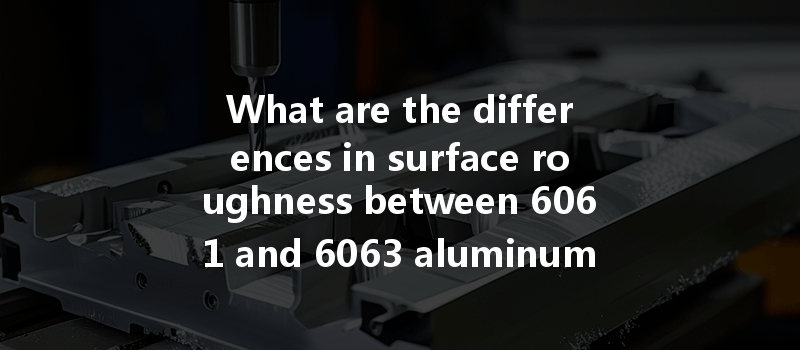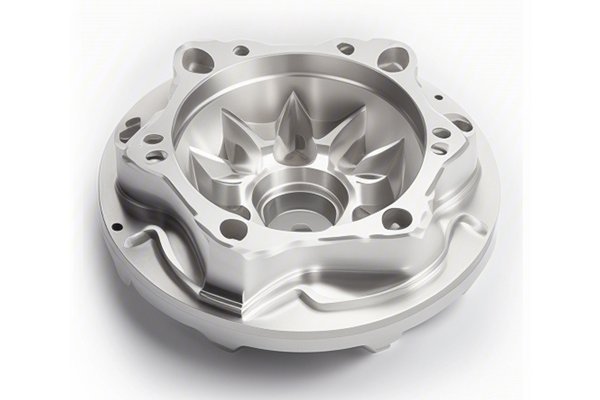Have you ever noticed how some metals shine with a mirror-like finish while others appear dull and rough? The surface quality of materials is not just a matter of aesthetics; it significantly impacts performance, durability, and functionality. Interestingly, studies have shown that the surface roughness of machined components can affect their wear resistance by as much as 30%. In the world of CNC machining, understanding the differences in surface roughness between various aluminum alloys, such as 6061 and 6063, becomes crucial for achieving both the desired appearance and performance.
Why Aluminum Alloys Matter
Before diving into the specifics of surface roughness between 6061 and 6063 aluminum, it’s essential to grasp why these materials are widely used in CNC machining. Aluminum alloys are popular due to their excellent combination of strength, lightweight properties, corrosion resistance, and ease of fabrication.
Now, let’s explore the differences in surface roughness that can occur when machining these two alloys.
What is Surface Roughness?
Surface roughness refers to the texture of a surface, including the micro-level irregularities that can affect how materials interact with each other. It’s quantifiable through several parameters, including Ra (average roughness) and Rz (average maximum height of the profile). Surface roughness can impact various factors, including:
Understanding how 6061 and 6063 aluminum react during CNC machining can help manufacturers select the right alloy for specific applications.
The Machining Process and Its Effect on Surface Roughness
CNC (Computer Numerical Control) machining is a highly precise manufacturing process that uses pre-programmed computer software to control machine tools. During CNC machining, several factors can affect the resulting surface finish of aluminum alloys:
Comparing Surface Roughness: 6061 vs. 6063 Aluminum
When machining aluminum grades like 6061 and 6063, the choice of tooling makes a significant difference in the resulting surface roughness.

The settings employed during the machining operation may produce noticeably different surface finishes:
Both alloys respond differently to heat during machining:
Measuring Surface Roughness
To make informed decisions during machining processes, manufacturers utilize techniques to measure surface roughness. Several methods exist, including:
Both methods can be used with surface roughness testers which can provide vital feedback during machining processes.
Addressing Surface Roughness Issues
Despite best efforts, surface roughness can still present challenges. Here are strategies to improve surface finish while machining 6061 and 6063 aluminum:
In summary, understanding the differences in surface roughness between 6061 and 6063 aluminum after CNC machining is critical for achieving the desired mechanical and aesthetic properties of the final product. By considering factors such as tooling, cutting parameters, and the specific characteristics of each alloy, manufacturers can optimize their processes to ensure high-quality results.
This blog emphasizes the importance of surface finish not only in terms of appearance but also in ensuring functionality and performance of the end product. As machining technology continues to evolve, understanding these fundamental concepts will remain paramount for enhancing manufacturing efficiencies and product quality. Ultimately, whether you’re selecting materials for an architectural application or a structural one, the insights gained from this analysis should shape your CNC machining strategies moving forward.






